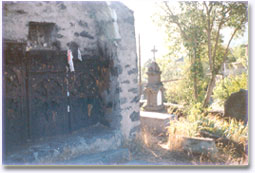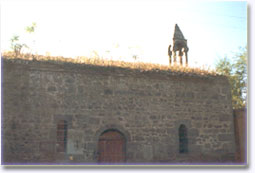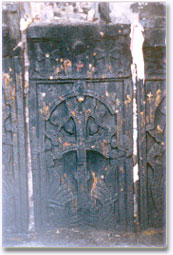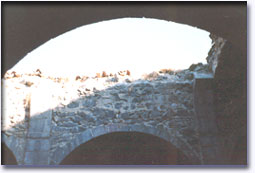Kaytson Fortress

There are different opinions around the etymology of the word Shnogh. It is assumed that either it has undergone a phonetic modification from "shen hogh" (fertile soil) to "shnogh" or it has come from the word "shinogh, karutsogh" (builder) changed from Shinogh to Shnogh. Whatever, the history of the village is closely connected with the name of a once uncaptureable Kaytson fortress.Most information about this castle is based on reculections by David Qorayretsi in 12th century, Vardan Areveltsi in 13th century and by the others. The date of its establishment is not known. In the 10th-12th centuries it was one of the most striking castles of Bagratuni Kyurikyans' reign and had played an important role in the security of the north-eastern regions of Armenia. The area of Kaytson is famous for its naturally protected location.
|

According to the stories of the peasants, numerous bronze and copper artifacts of historic value have been found in the area of Kaytson castle, which dates back to the 8th century B.C..
There are two main churches in the area of Shnogh, which are still not in use they are: Sourb (St.) Gevork and Sourb (St.) Sarkis. Sourb Gevork was built in 1893 and a year after it Sourb Sarkis was built. There is much in common about the structural style between the two churches. In earlier times the Khachkar (cross-stone) Chapel,with special carvings, which dates back to 12th-13th centuries, has been the prayer-place for the inhabitants of Kaytson. Kaytson was devastated by invaders from different countries, especially by the Persian Agha Mohammad khan in the 18th century.
|
|






